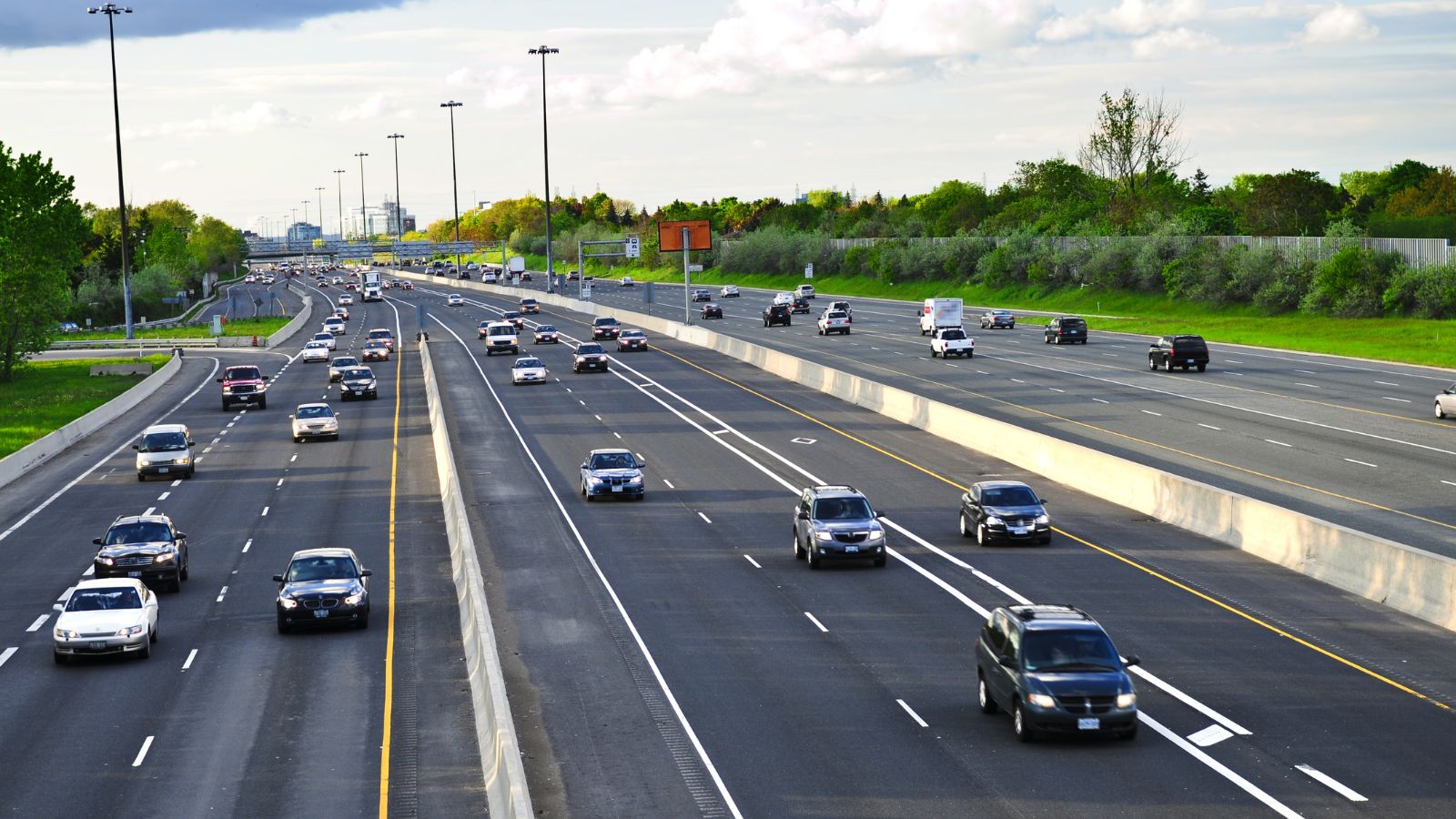When most of us think of road rage, we picture shouting, hand gestures, or maybe the occasional horn pressed a little too long. But in Singapore, the consequences of aggressive driving can run much deeper — affecting not just safety on the road, but also your wallet and long-term driving record.
This post draws on insights from a recent deep dive into road rage and car insurance in Singapore, highlighting why this issue deserves attention from every motorist.
Road Rage in Singapore: more than just tempers flaring
Singapore isn’t known for sprawling highways or leisurely drives. Dense traffic, tight merges, and an ever-growing number of vehicles create a pressure cooker environment. In fact, official figures show a steady rise in accidents and traffic violations over the past year. Speeding offences alone surged by more than 60% recently — a statistic that paints a picture of increasingly risky road behaviour.
Against this backdrop, road rage can spark quickly. A missed signal, a blocked lane, or a parking dispute is all it takes for tempers to flare. And while some incidents may end with a few angry words, others escalate into dangerous confrontations that carry legal, financial, and even cross-border consequences.
Real-World Cases Making Headlines
Singapore’s courts have dealt with several high-profile road rage cases in recent years:
- The Katong confrontation — A cyclist ended up on the bonnet of a car in a shocking incident that went viral. Both parties faced legal consequences, including driving bans and short detention orders.
- The Bedok scissors case — A lane-cutting quarrel turned violent when one driver brandished a pair of scissors. He was sentenced to jail and disqualified from driving.
- Cross-border notoriety — In 2025, a Singaporean was arrested in Johor Bahru after a road rage incident caught on video. The clip spread widely online, proving that dashcams and smartphones leave little room for anonymity.
These examples underline a crucial point: road rage is not a “private” matter between two motorists. It carries legal weight, public visibility, and a lasting record.
The Insurance Connection most drivers forget

Here’s where things get even more interesting. While most people understand that road rage has legal consequences, fewer realise how it impacts car insurance.
For the aggressor, the repercussions can be steep:
- Loss of No-Claims Discount (NCD): A single at-fault claim can slash your hard-earned discount by half or more.
- Premium hikes: Insurers may load premiums after an incident, making cover more expensive for years.
- Policy exclusions: If a driver deliberately uses their car as a weapon, insurers may deny coverage altogether, leaving the driver personally liable for damages and injuries.
For victims, the story is different. Singapore’s Motor Claims Framework (MCF) ensures that you can claim against the aggressor’s insurer without losing your own NCD — but only if you report the incident promptly and provide evidence. Dashcam footage, witness statements, and police reports are invaluable in this process.
For the industry as a whole, road rage adds a layer of unpredictability. These incidents often involve more severe claims — injuries, property damage, and legal costs — which contribute to higher overall risk. Insurers may respond with stricter underwriting, premium adjustments, or new products designed to reward safer driving.
Why drivers need to care — even if you “never lose your temper”
You might be thinking: “I’m a calm driver. Road rage isn’t my problem.” But the truth is, you share the road with thousands of others every day. Someone else’s rage could affect you in two key ways:
- Safety risk — Even if you’re not the instigator, you may be caught in the crossfire of another motorist’s aggression.
- Insurance implications — If you don’t report an incident properly under the MCF, you could end up with complications in your claim — or even lose your NCD despite not being at fault.
Simply put, awareness and preparation are your best shields.
Tips for Staying Cool and Protected
- Plan ahead: Allow extra time so you’re not rushing, which reduces frustration.
- Avoid escalation: Don’t engage with aggressive gestures or words; instead, focus on de-escalating.
- Use your dashcam: Footage can be the difference between a smooth claim and a messy dispute.
- Follow the MCF: Report any accident within 24 hours at an authorised reporting centre.
- Review your cover: Check your policy’s fine print on NCD protection and exclusions for intentional acts.
These small steps can prevent a heated moment from spiralling into a long-term financial headache.
A Wider Cultural Shift
It’s worth noting that Singapore is already tightening the screws on dangerous driving. Courts have signalled that violent or weaponised road rage will not be tolerated, with harsher sentences being handed down in recent cases. At the same time, insurers are evolving their products to better align premiums with behaviour, including the use of telematics and driving data.
The message is clear: both regulators and insurers want to encourage a culture of patience and responsibility on the road.
Final Thoughts
Road rage isn’t just about losing your cool — it’s about risking your safety, your licence, and your financial future. With the rise of dashcams, stricter enforcement, and evolving insurance practices, drivers in Singapore can no longer afford to shrug it off as “just a bad day.”
The good news? Staying calm, driving responsibly, and understanding your insurance obligations can protect you from the fallout.

